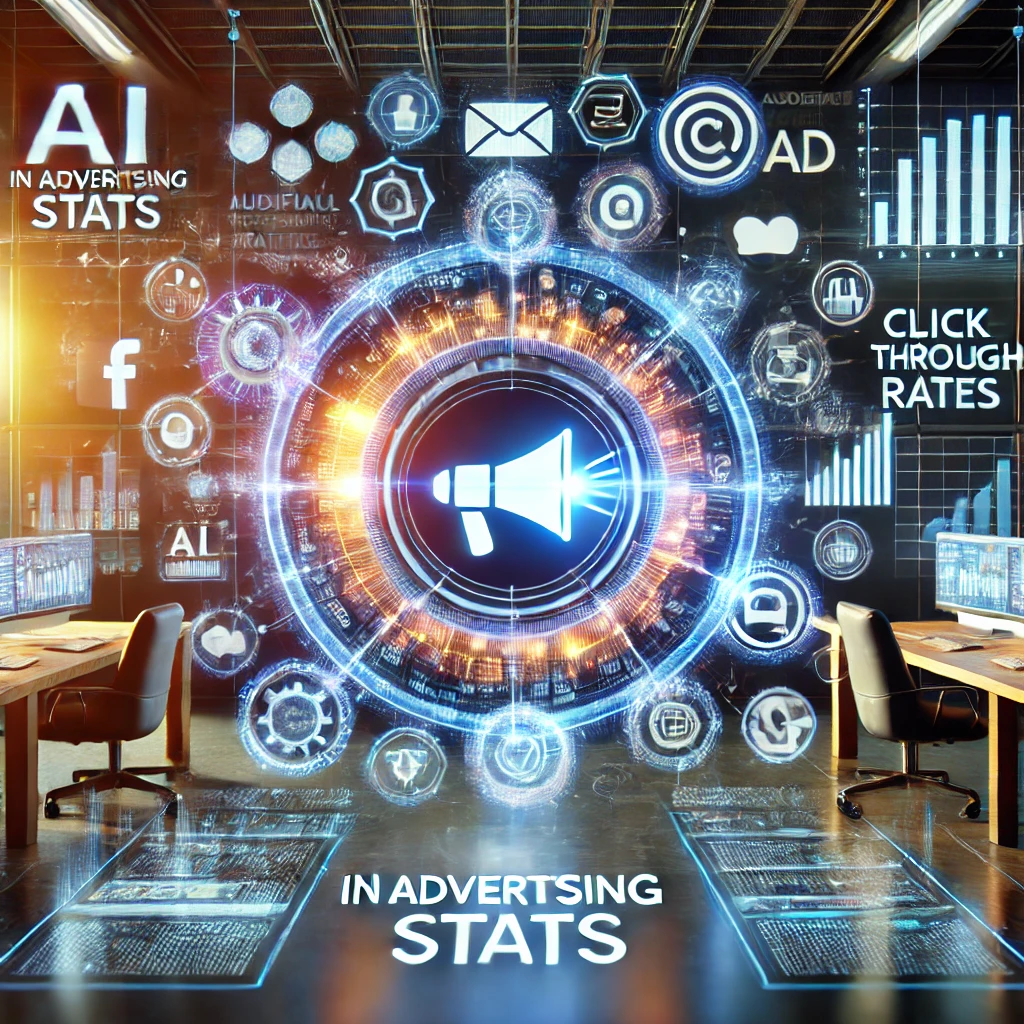Google Ads Editor Version 2.7 Gains AI-Assets, Account Level Negative Keywords & More


Google has released version 2.7 of the Google Ads Editor. This new update brings a number of new features and also deprecates a number of features. New features include AI-generated assets, account level content label exclusions, account-level negative keywords and more.
Version 2.6 was released in March 2024 and version 2.5 was released in November 2023.
Google Ads Editor is a free, downloadable application for managing your Google Ads campaigns. The tool aims to save time and make it easier to make changes in bulk.
Here is what Google added in version 2.7:
- AI-generated assets for asset groups: Using final URL and free-form prompts, you can now add AI-generated assets, such as headlines, long headlines, and descriptions, to your asset groups.
- Video partners for Demand Gen campaigns: You can now include video partners in your Demand Gen (formerly Discovery) campaigns. Previously, this was only possible for Video campaigns.
- New customer acquisition goal:Editor now supports setting the new customer acquisition goal at the campaign-level for Search and Performance Max campaigns.
- Account-level content label exclusions: Editor now supports account-level content label exclusions. You can find this in your Google Ads account under Tools. Under Tools, navigate to Content Suitability, under which you’ll find Excluded sensitive content, Excluded types and labels, and Excluded content themes. When migrating Display Ads to Performance Max, content label exclusions from the source Display campaign are migrated to the account level.
- Account-level negative keywords: Google Ads Editor now supports account-level negative keywords, including excluded content keywords. You can find this in your Google Ads account under Tools. Under Tools, navigate to Content Suitability, under which you’ll find Excluded sensitive content, Excluded types and labels, and Excluded content themes.
- Other account-level settings: Now, Editor also supports other account-level settings, such as inventory types.
- Fixed CPM bidding strategy: The Reserve cost-per-thousand impressions (CPM) bidding strategy is now renamed to Fixed CPM. Editor now supports creating Video campaigns with this bidding strategy.
- Reasons for paused keywords: Editor, now displays in the Status column, the reason for keywords that are automatically paused. For example, Editor will show “Paused (Low activity)” for keywords with no impressions for a specific period. These reasons can also be filtered.
- Export selected types to CSV: You can now choose the specific types of data to export to CSV files. For example, you can export only a subset of ad types.
- Checkbox to “Hide empty items”: You can now find a checkbox to “Hide empty items” within the “Manage” pane at the bottom left. This checkbox can also be found in the 3-dot menu.
- Video format preferences for Demand Gen Video ads: Now, you can set your format preferences for individual Demand Gen Video ads. For each video, you can set a preference for In-stream, In-feed, Shorts, or any combination of the three. Also, you can set “no preference, can serve anywhere” for a video, which means it can serve anywhere.
Here is what Google removed in version 2.7:
- Smart Shopping campaigns and ads: Smart shopping campaigns and ads are fully deprecated and have been removed in Editor 2.7.
- Feed-based location assets: Editor version 2.7 no longer supports feed-based location assets. These were previously managed under Ad Assets and the Asset Library. All accounts have been migrated to asset-based location assets, and feed-based location assets can no longer be created or edited anymore.
- Feed-based location groups: Editor version 2.7 no longer supports geo-targeting that uses feed-based location groups. These groups used to appear as “Location group (legacy)” in the Locations menu under Keywords & Targeting. All accounts have been migrated to asset-based location group targeting, which appear as “Location groups” in the Locations menu.
pretty nice to be able to “Hide empty items”.
no longer have Hotel Itineraries and Hotel Groups taking up space. https://t.co/gBZGx2Z3e1 pic.twitter.com/6dAAP6SnqB— Greg (@PPCGreg) July 23, 2024
Forum discussion at LinkedIn.
Source link : Seroundtable.com



